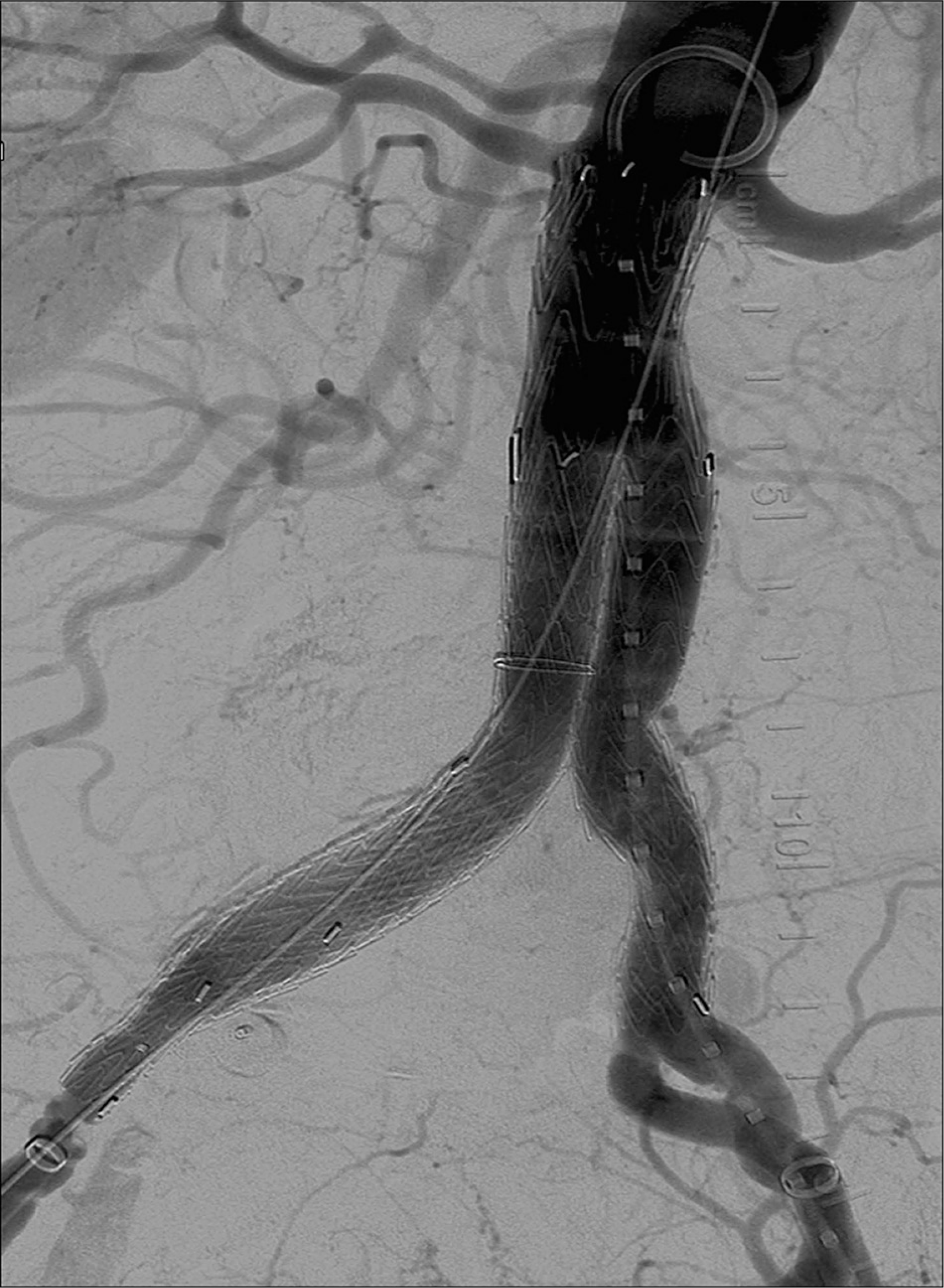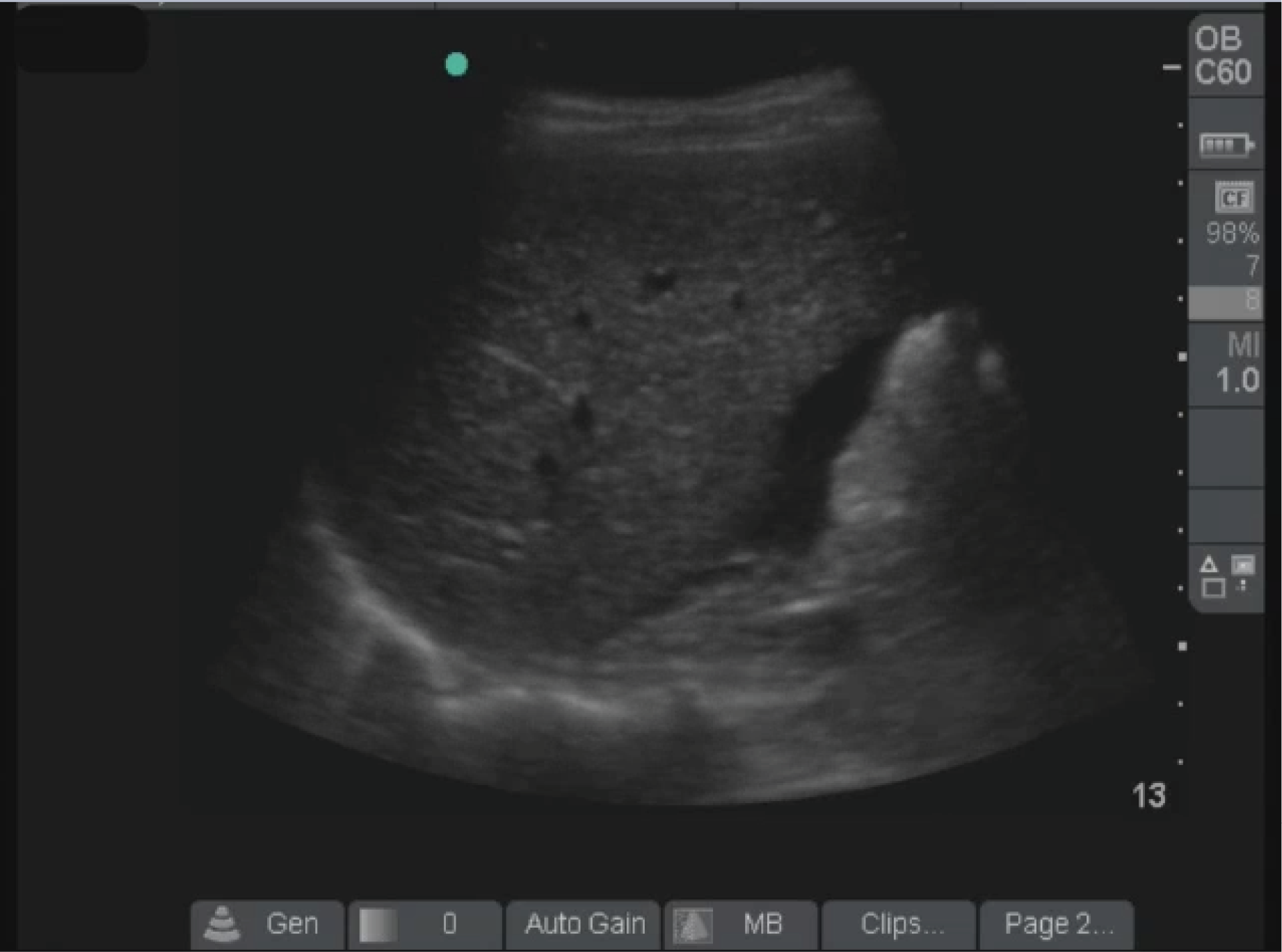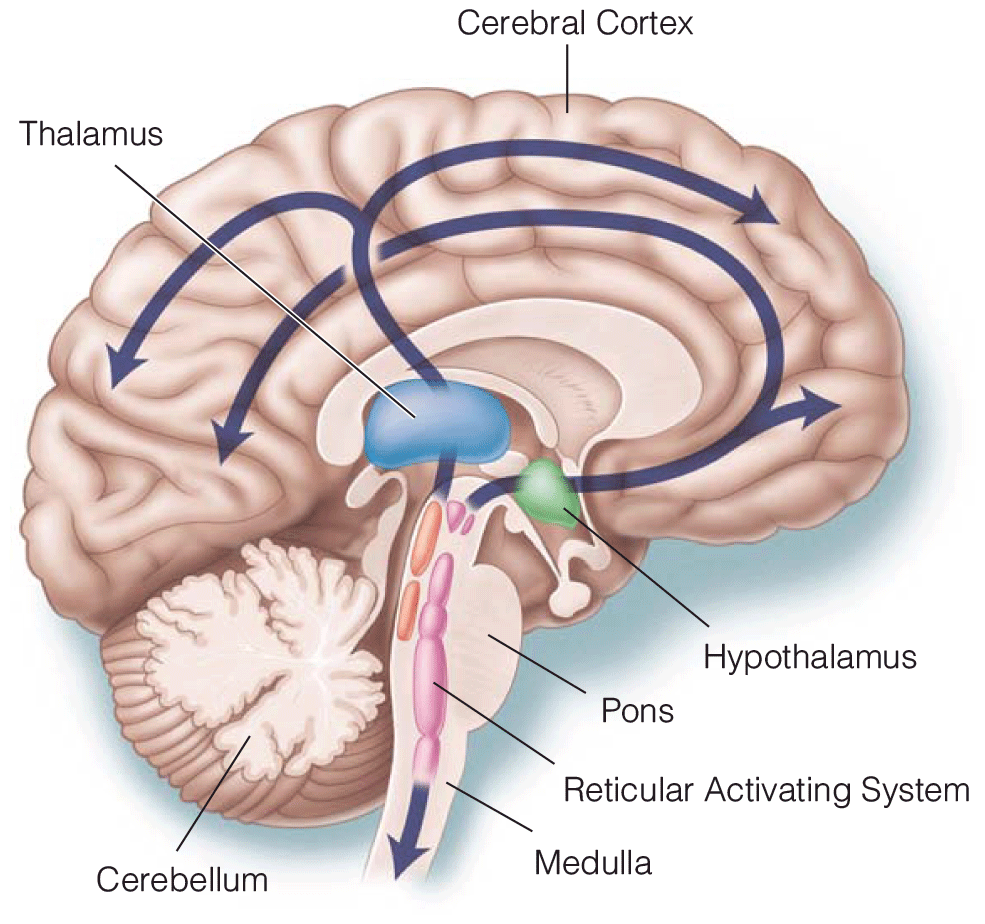Repair of Infrarenal Abdominal Aortic Aneurysms
- Chronic kidney disease, diabetes, and anemia/thrombocytopenia have been linked to poor outcomes after AAA repair and, therefore, also require investigation and optimization. Current guidelines recommend deferral of aneurysm treatment for active cardiac conditions (unstable angina, recent myocardial infarction, active congestive heart failure, significant arrhythmia, or severe valvular disease).
- Iliac disease, whether aneurysmal or occlusive, can present special challenges to endovascular repair of aortic aneurysms. Several options exist to meet these challenges. For common and/or internal iliac artery aneurysms, treatment may require embolization of the internal iliac artery and extension of the endograft into the external iliac artery.
- After open repair, patients are typically evaluated in the clinic after several weeks to ensure proper wound healing and progress of recovery. Beyond this, patients may be monitored for the development of incisional hernia and should be considered for imaging with ultrasonography or CT at 5 years to evaluate for aneurysmal degeneration of other areas of the arterial tree, such as the visceral aortic segment or iliac arteries.






.png)






